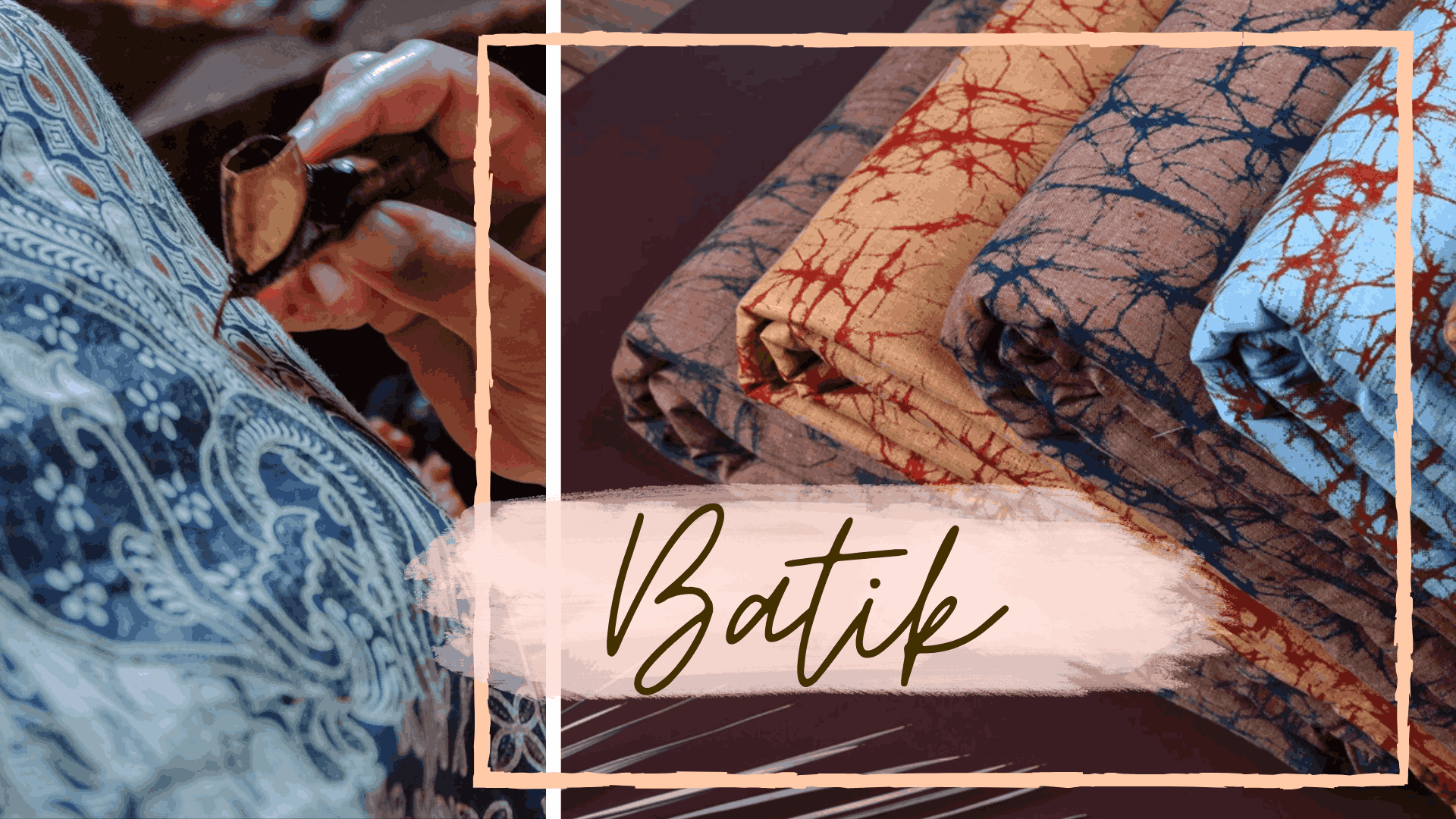
The Living Art of Batik Fabrics: Sustainable Traditions

We create sustainable batik, honoring ancient artistry with eco-conscious practices. We're committed to minimizing our environmental impact and maximizing our positive social impact. Our batik fabrics are testament to the beauty that can be achieved when tradition and sustainability intertwine.
A Journey Through Batik Fabrics History
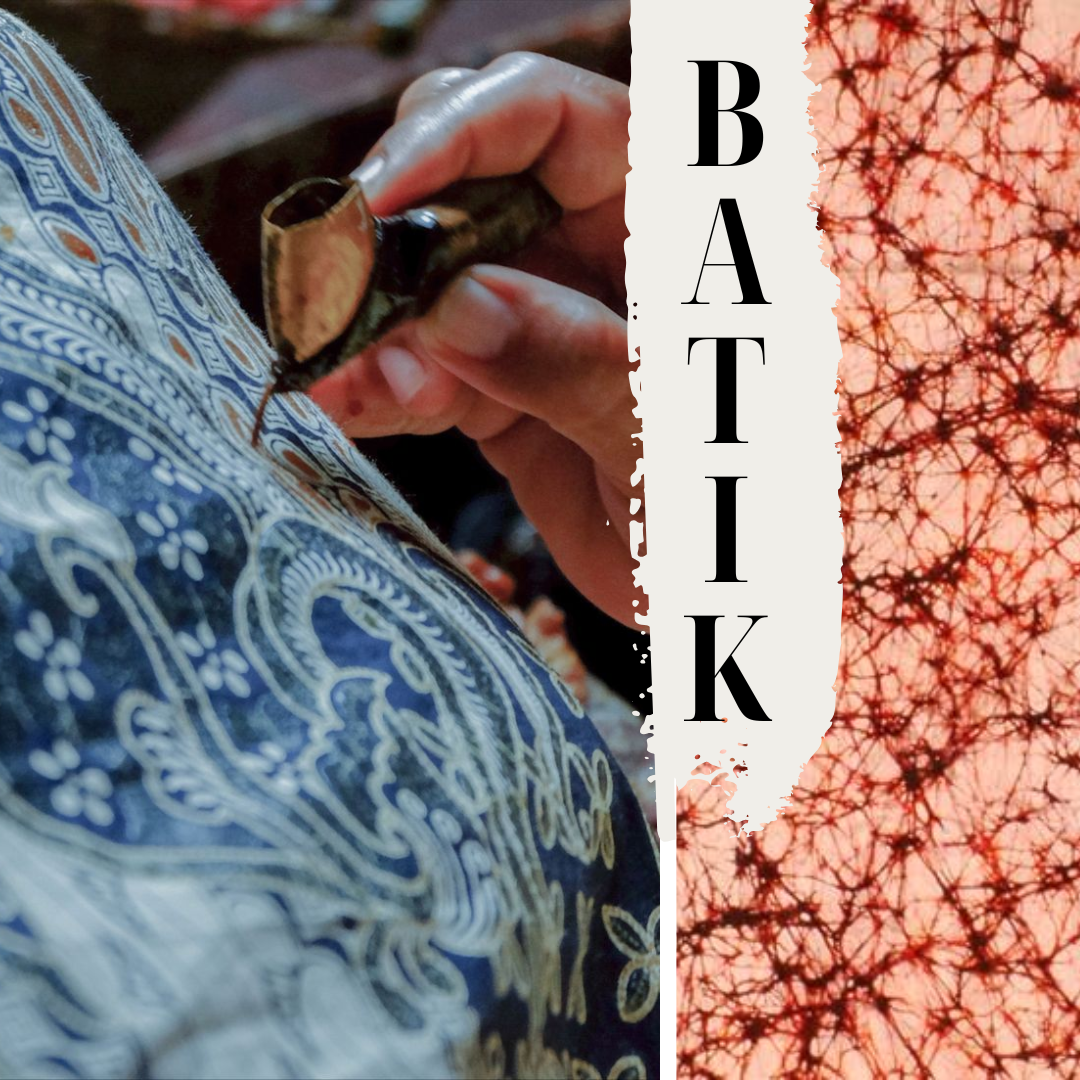
If we want to search for the origin of Batik Fabrics, we have to look back to ancient Java in Indonesia.
However, evidence of these prints has also been found on the land of Egypt, Singapore. Nigeria, India, Sri Lanka and Malaysia as well. But in the case of Indonesia, it is the most popular fashion. Whereas, the manufacturing process of these fabrics on clothes is pretty complex and the dyeing process allows various patterns. This aspect makes batik special till now. Batik is still in high demand for people with rich taste.
Batik's arrival in India wasn't a singular event, but rather a gradual integration facilitated by ancient trade routes and cultural exchanges, particularly with Southeast Asia.
During India's struggle for independence, Mahatma Gandhi promoted the use of batik as part of the Swadeshi movement, which encouraged the use of locally produced goods.
Intricate Impressions: The Art of Batik Fabric Print and Details
The method for making batik is called wax-resistant dyeing:
The fabric artist uses the liquid wax in a tool called a tjanting which has a spout so they can draw the patterns into the fabric. Patterns can also be stamped on with a copper cap tool.
Once the design is complete, the material can be dyed, and once the color is set, the wax is removed with boiling water. Some of the designs are drawn and dyed multiple times to get different color effects.
Another method used in batik fabric creation is the salt dye technique. Salt is placed into the fabric and sucks the liquid dye towards it. To get the best results, the fabric needs to be pulled taut as this creates streaks of color. The results of salt dyeing are unpredictable and challenging to control. However, they are nonetheless beautiful and unique.
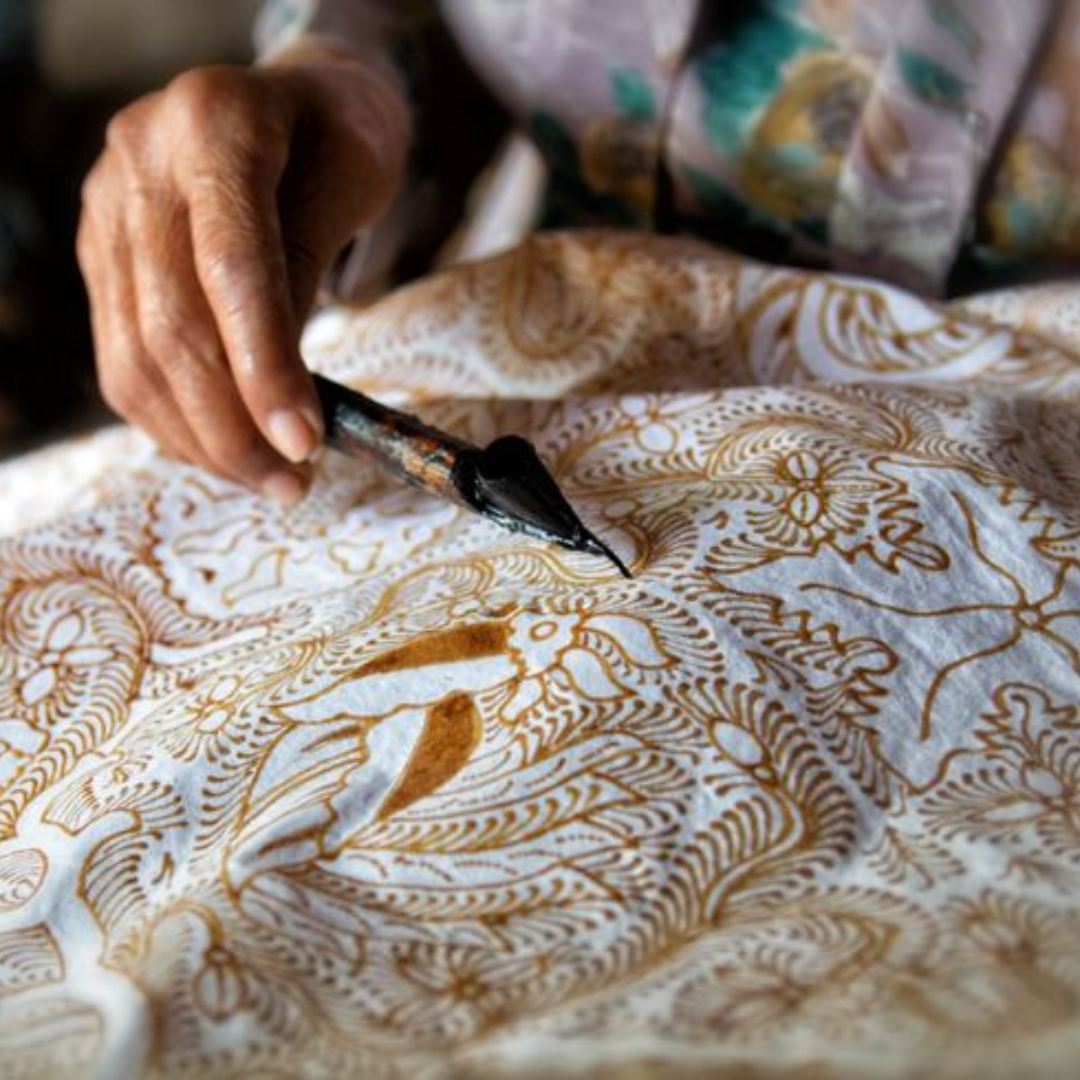
Let’s talk about: Exploring Regional Batik Fabric Design Variations
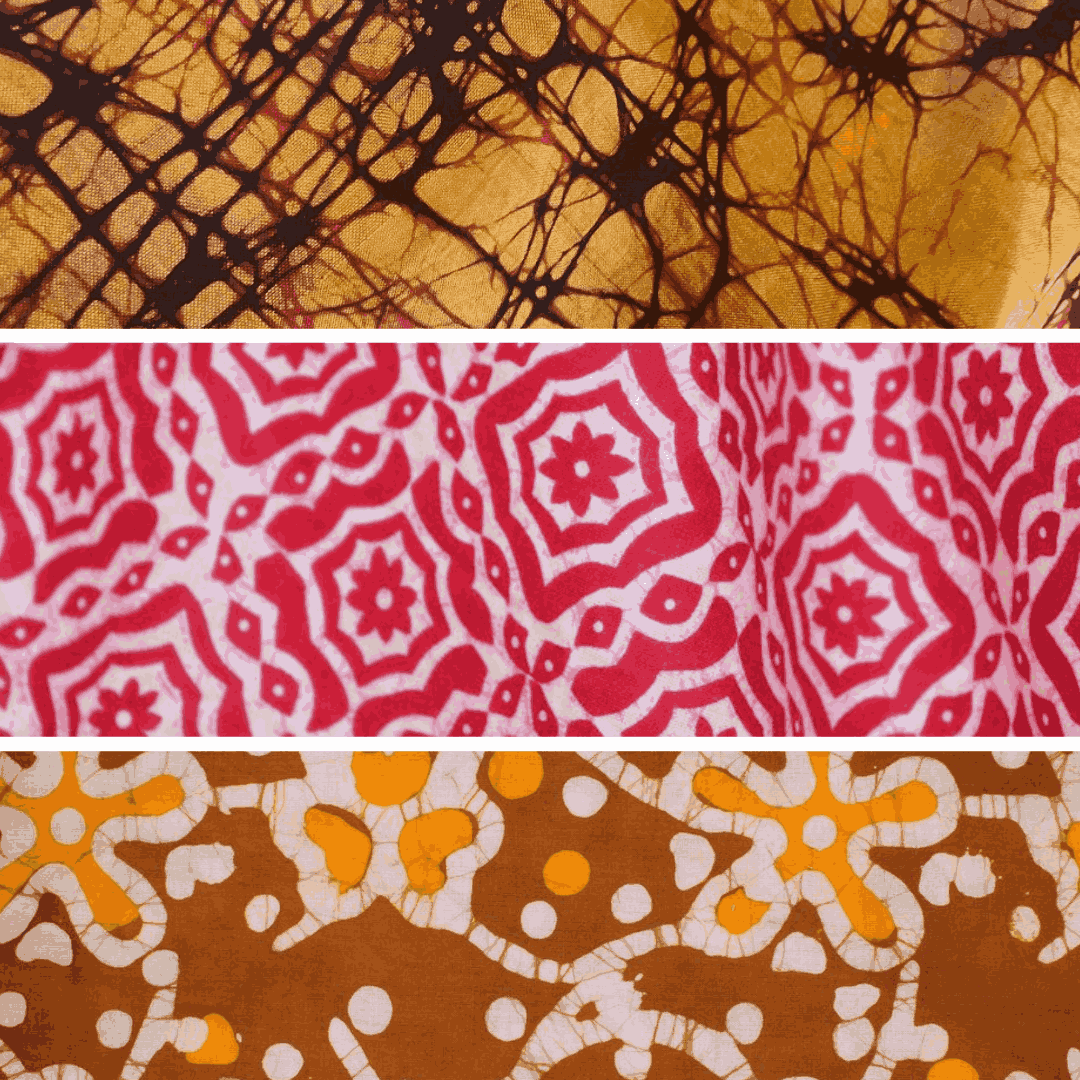
Indian artisans didn't simply replicate Indonesian batik; they adapted the techniques and motifs to reflect their own cultural context. This led to the development of regional variations, each with its own distinct style, patterns, and color palettes.
The state of Gujarat, known for its rich textile heritage, became a significant hub for Batik, often features bold geometric patterns and vibrant colors.
The Kutch region, in particular, embraced Batik, blending it with local craftsmanship to create distinctive designs. The art form also found a home in states like West Bengal, Rajasthan, while in Andhra Pradesh, it might showcase more intricate floral designs.
Shanti Niketan in West Bengal is the art hub for batik. The ancient craft of batik is preserved at Visva-Bharati University in West Bengal. Two-year certificate courses in batik impart students with an in-depth comprehension of the production and history of Indian batik with modern batik design.
Batik Fabric is Making a Comeback in Modern Fashion : Batik fashion trend 2025
Batik fashion trends 2025:
As Batik continues to gain popularity worldwide, it has developed into a unique blend of traditional craft and modern fashion. Looking into 2025, several emerging trends are set to shape the future of Batik fashion, redefining how Batik prints are used, styled, and crafted.
With sustainability at the forefront of fashion, the demand for ethically sourced and sustainable Batik is on the rise. Sustainable processes, including organic dyes and environmentally friendly waxes. While Batik was once reserved for special occasions, the trend of incorporating Batik into everyday clothing is set to grow in 2025.
Expect to see Batik prints feature a range of garments, from casual dresses and tops to trousers and outerwear, making Batik more adaptable to everyday wardrobes. Blending Batik with modern silhouettes, such as tailored suits, oversized jackets, and structured dresses, is expected to gain traction in 2025.
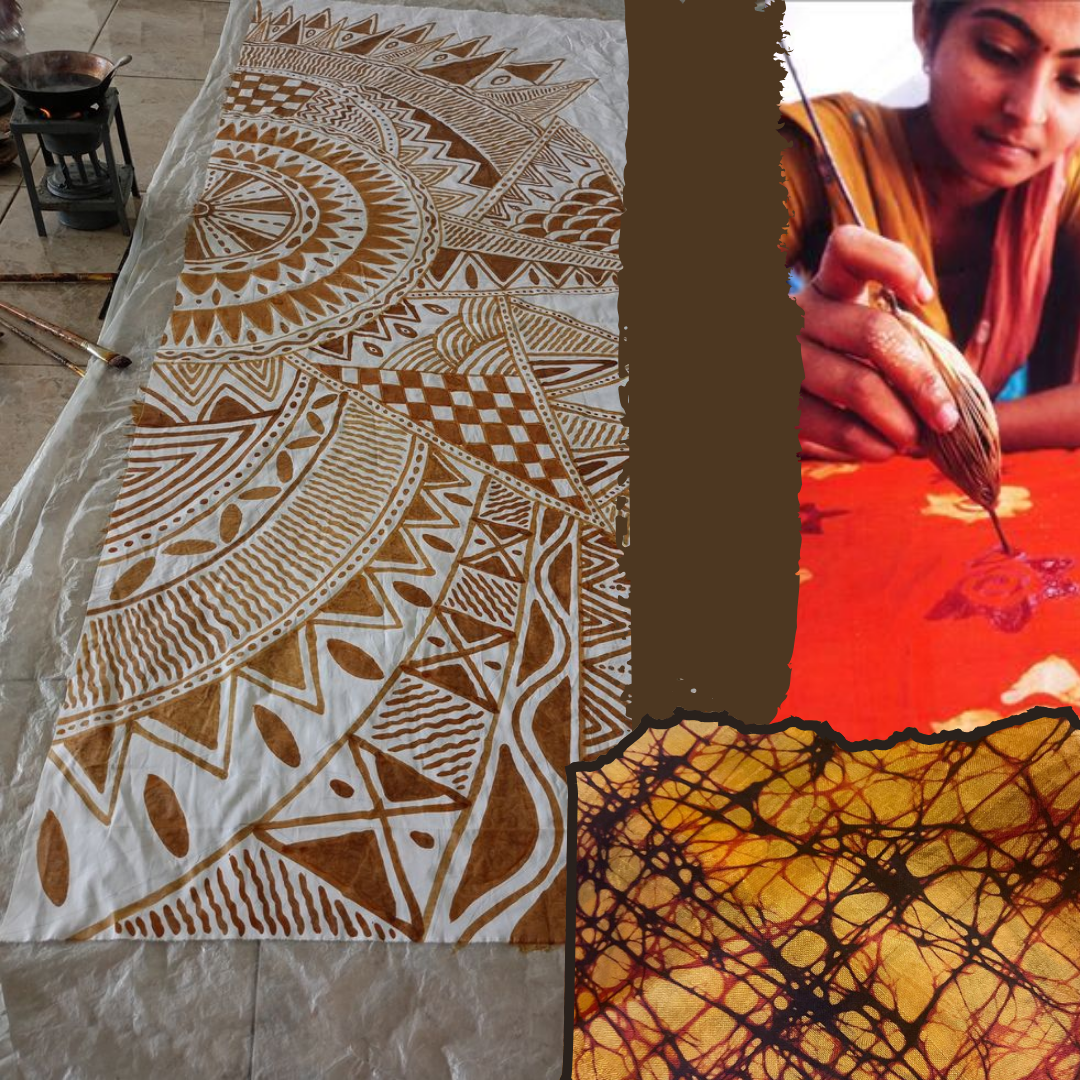
What’s make Batik Fabric different from others
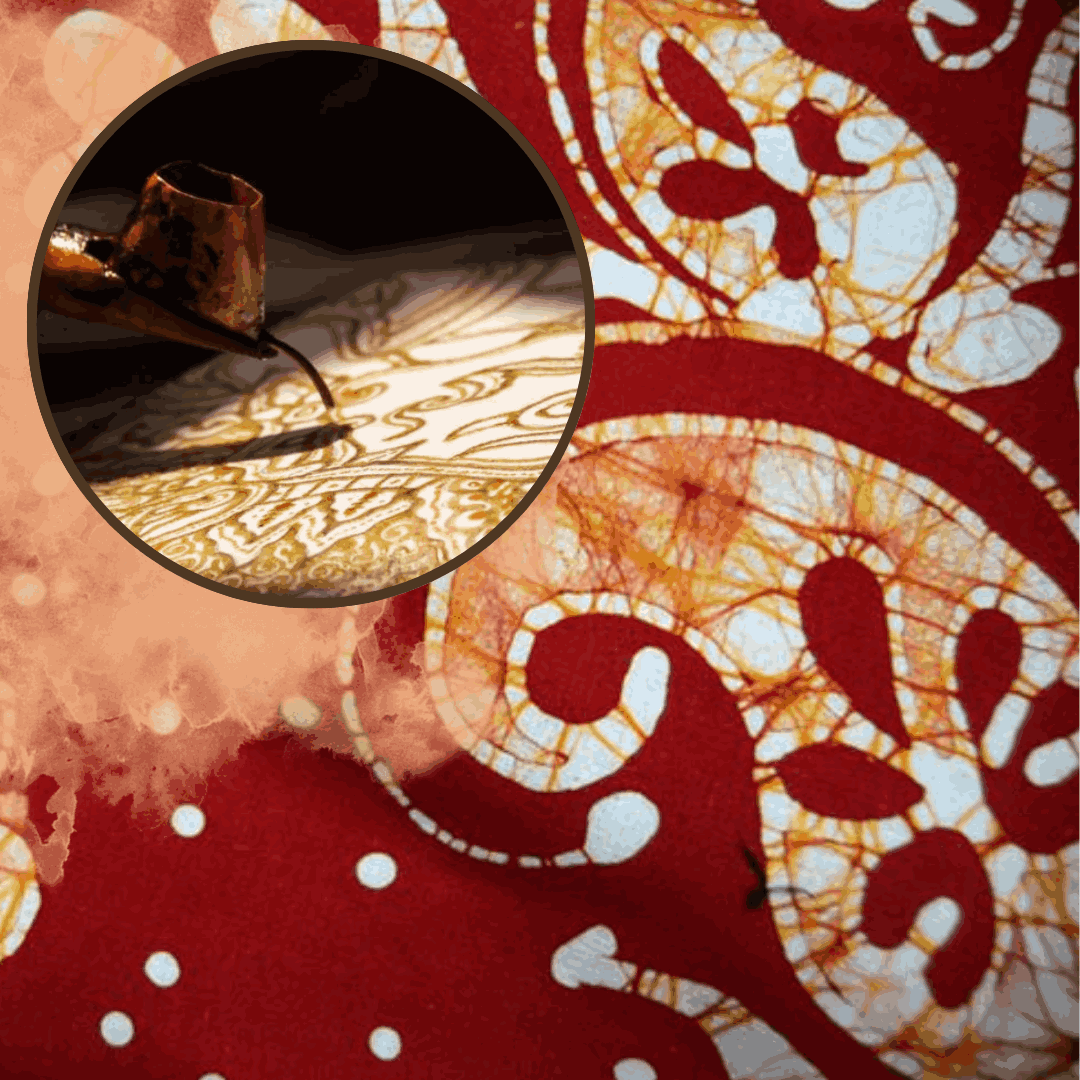
- Adaptation and Innovation: Indian artisans didn't simply replicate Indonesian batik; they adapted the techniques and motifs to reflect their own cultural context. This led to the development of regional variations, each with its own distinct style, patterns, and color palettes.
- A Reflection of Indian Narratives: Batik in India often serves as a canvas for storytelling, depicting local narratives, myths, and folklore.
- Symbolism and Significance: Like in many cultures, patterns and motifs in Indian batik often carry symbolic meanings. These symbols can represent anything from auspiciousness and prosperity to specific deities or natural elements.
- Integration into Indian Textiles: Batik techniques have been seamlessly integrated into various Indian textile traditions, such as sarees, dupattas, and wall hangings. This integration has enriched these traditions and added another dimension to India's diverse textile heritage.
Artisan-Led Sustainability: The Future of Batik
Batik holds potential for sustainability due to several factors, particularly when traditional methods are employed:
- Natural Dyes: Historically, batik used natural dyes derived from plants (like indigo, turmeric, wood) and minerals. These dyes have a lower environmental impact compared to synthetic chemical dyes.
- Reduced Water Usage : Compared to some industrial textile dyeing processes, traditional batik making, especially the "tulis" (hand-drawn) method, can use less water.
- Durability and Longevity: Well-made batik is known for its durability. The wax resist technique and the use of quality dyes can result in fabrics that last a long time, reducing the need for frequent replacements and thus minimizing textile waste.
- Support for Local Artisans and Communities: Traditional batik production often supports local artisans and communities, providing livelihoods and preserving cultural heritage.
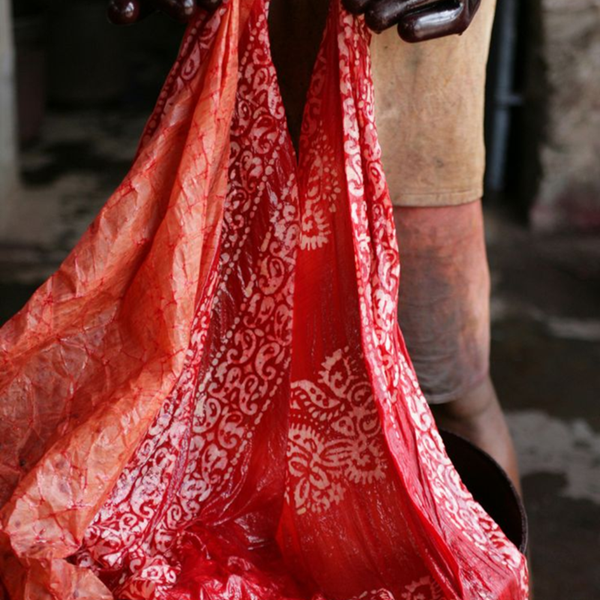
The Art of Batik at Anuprerna
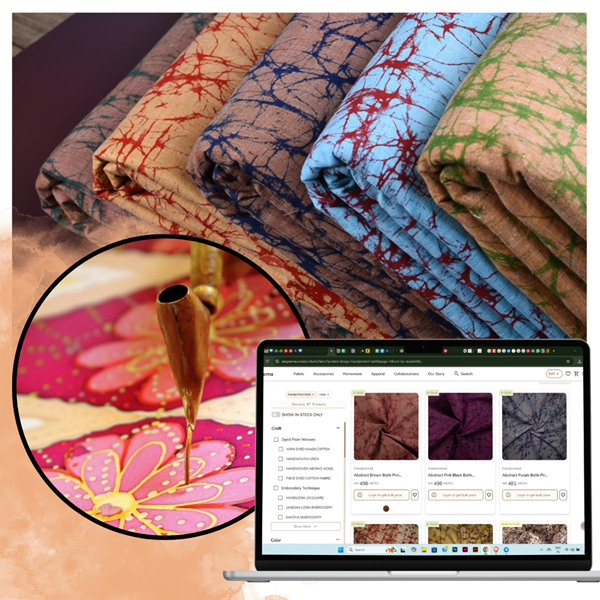
We believe in honoring the rich heritage of batik while embracing a sustainable future.
Our batik is crafted with meticulous care, using time-honored techniques passed down through generations.
But we go further, prioritizing eco-conscious practices at every stage.
We're committed to creating beautiful, high-quality batik that's gentle on the earth and supports the artisans who bring it to life.
Weaving tradition with a sustainable future, we offer batik for a conscious world.
related questions
What is the basic principle behind batik?
arrow_drop_downBatik is a wax-resist dyeing technique. Wax is applied to fabric in a design, preventing dye from penetrating those areas. The wax is then removed, revealing the pattern. This process can be repeated multiple times with different colors to create complex designs.
What makes batik an art form?
arrow_drop_downThe intricate designs, the skill required to apply the wax and dyes, the cultural significance of the patterns, and the creative expression involved all contribute to batik's status as an art form.
How has batik been used historically?
arrow_drop_downHistorically, batik was often reserved for royalty and special occasions. Imagine vibrant batik garments adorning Javanese palaces or being used in sacred ceremonies. It was a symbol of status and cultural identity.
What makes traditional batik a more sustainable choice compared to mass-produced textiles?
arrow_drop_downTraditional batik using natural fibers and dyes can be a relatively sustainable craft. However, the use of synthetic dyes and industrial production methods can have negative environmental impacts.
More Blogs
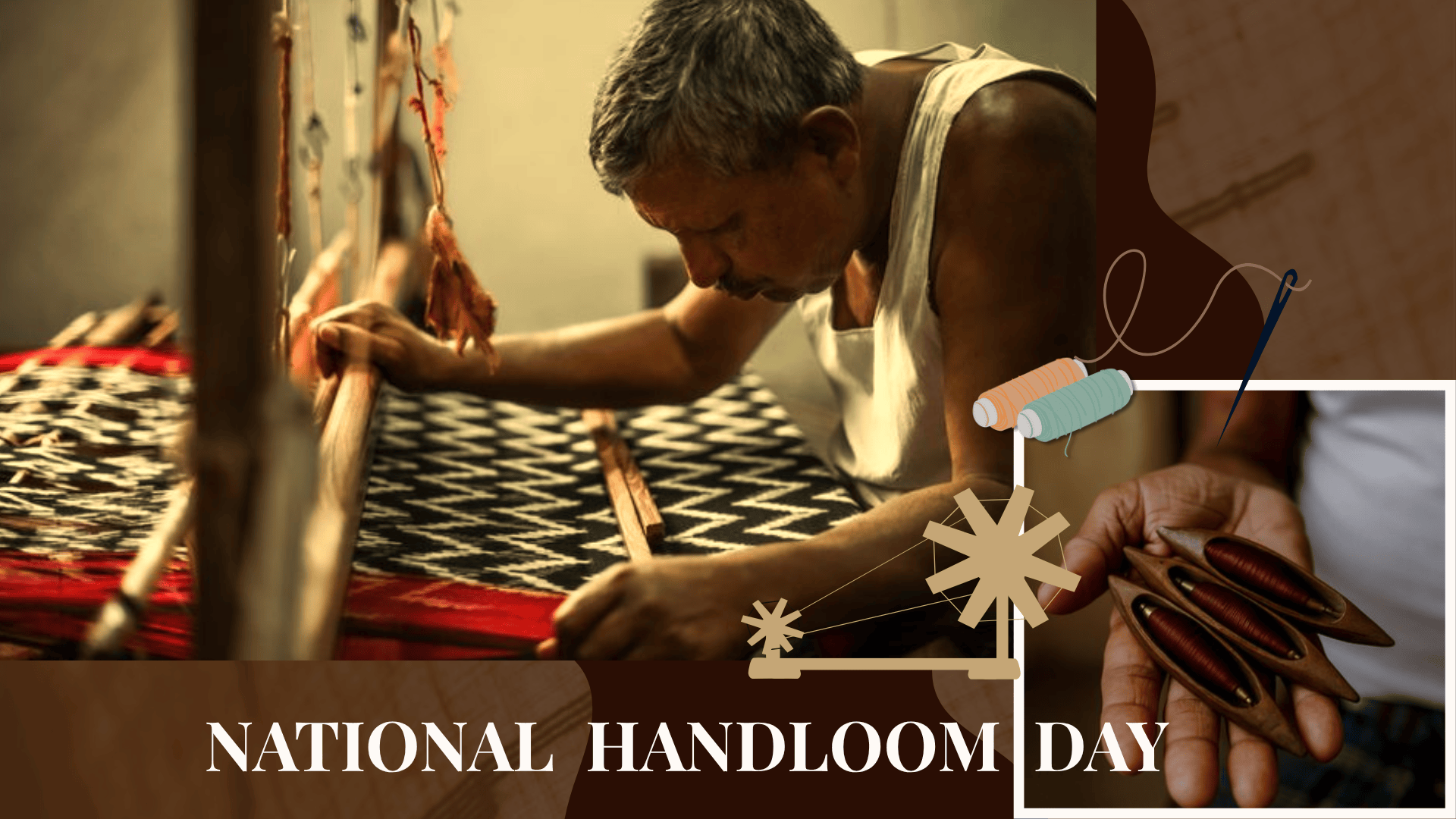
national handloom day 2025: 10 must-have handloom textiles from across west bengal and india
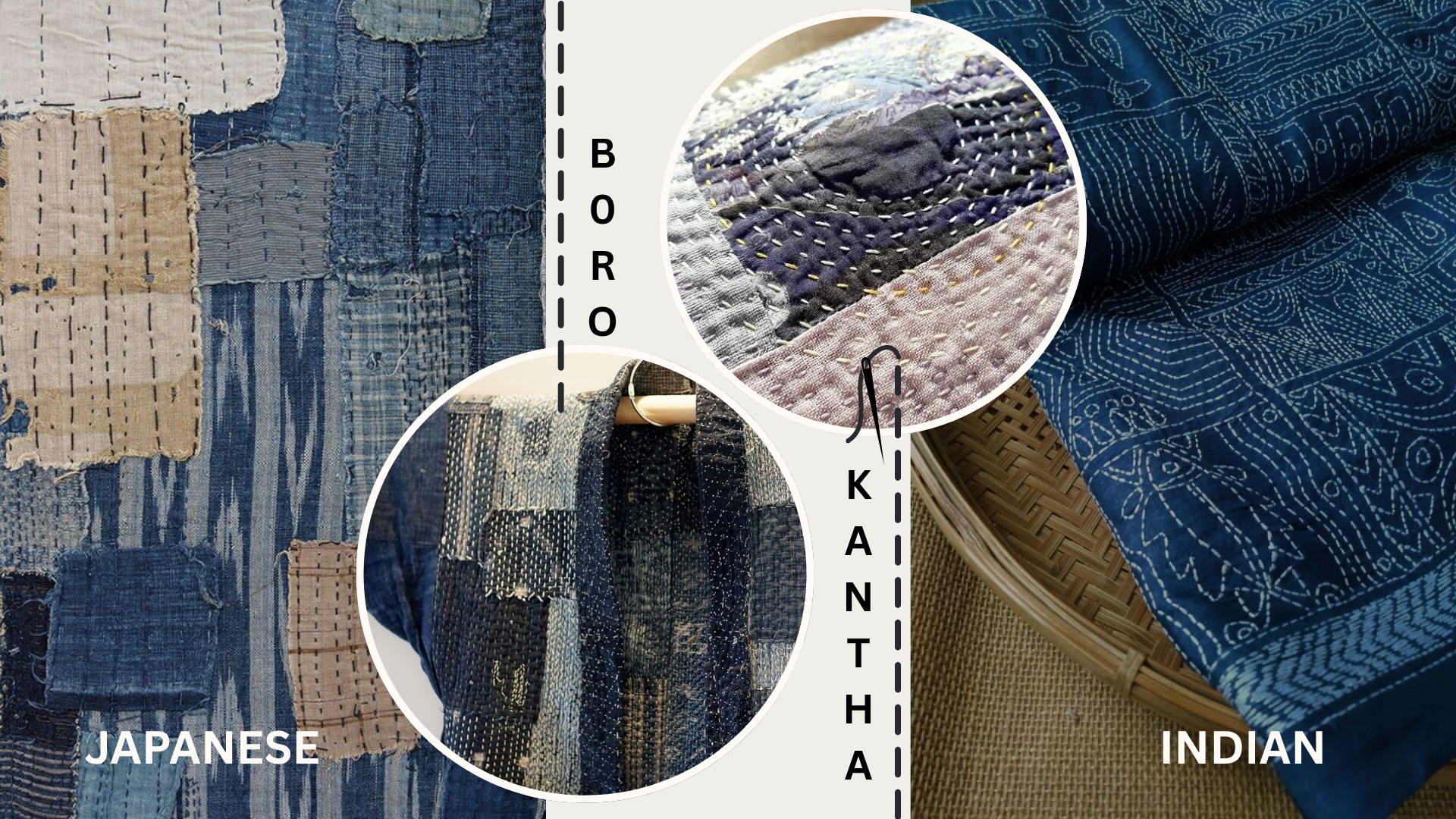
what japanese boro and indian kantha can teach us about repair culture

the style blueprint: 5 simple rules to improve dressing sense instantly
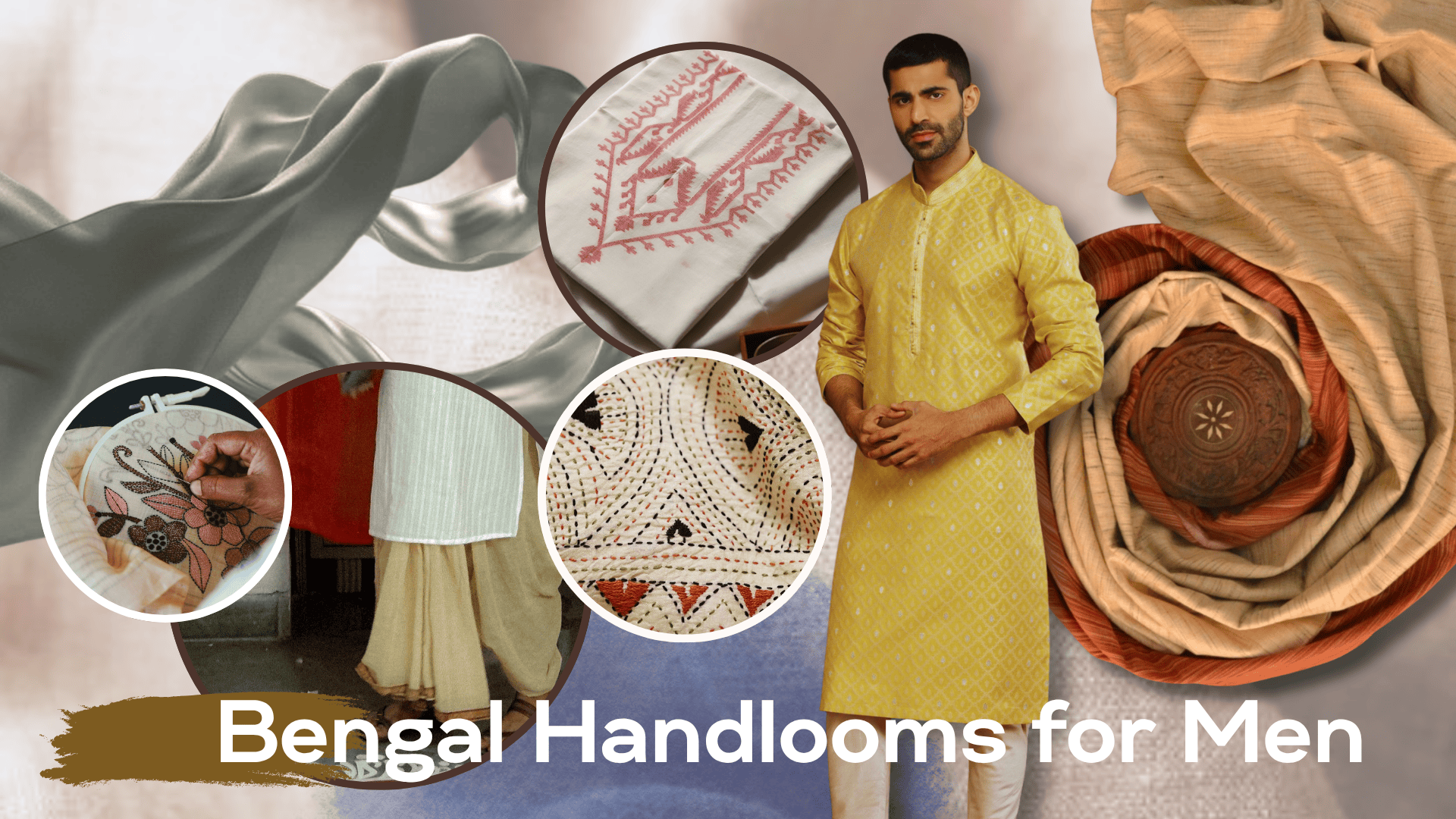
bengal looms for men: beyond the kurta
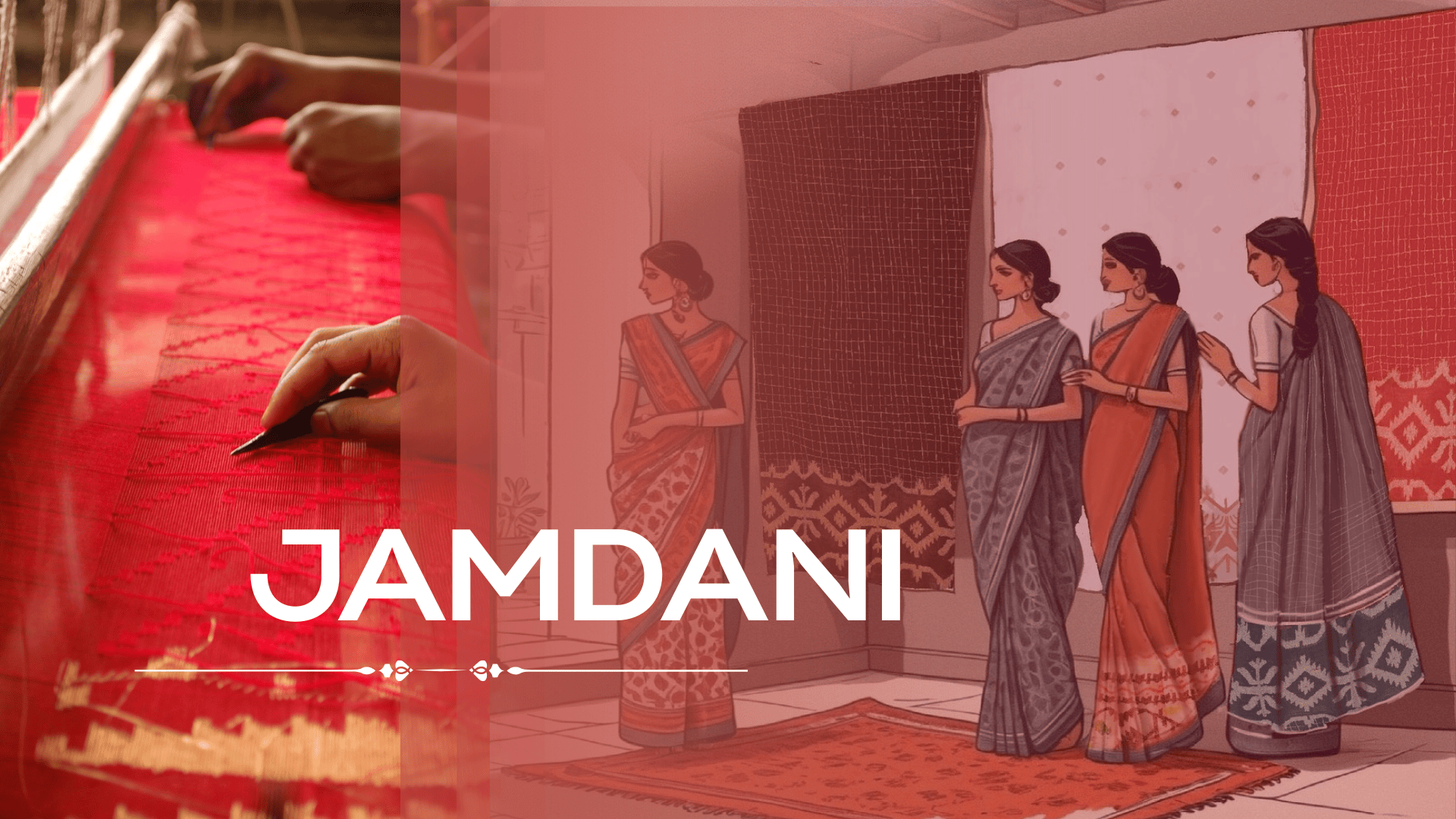
jamdani magic: why this weave is unesco-recognized as cultural heritage
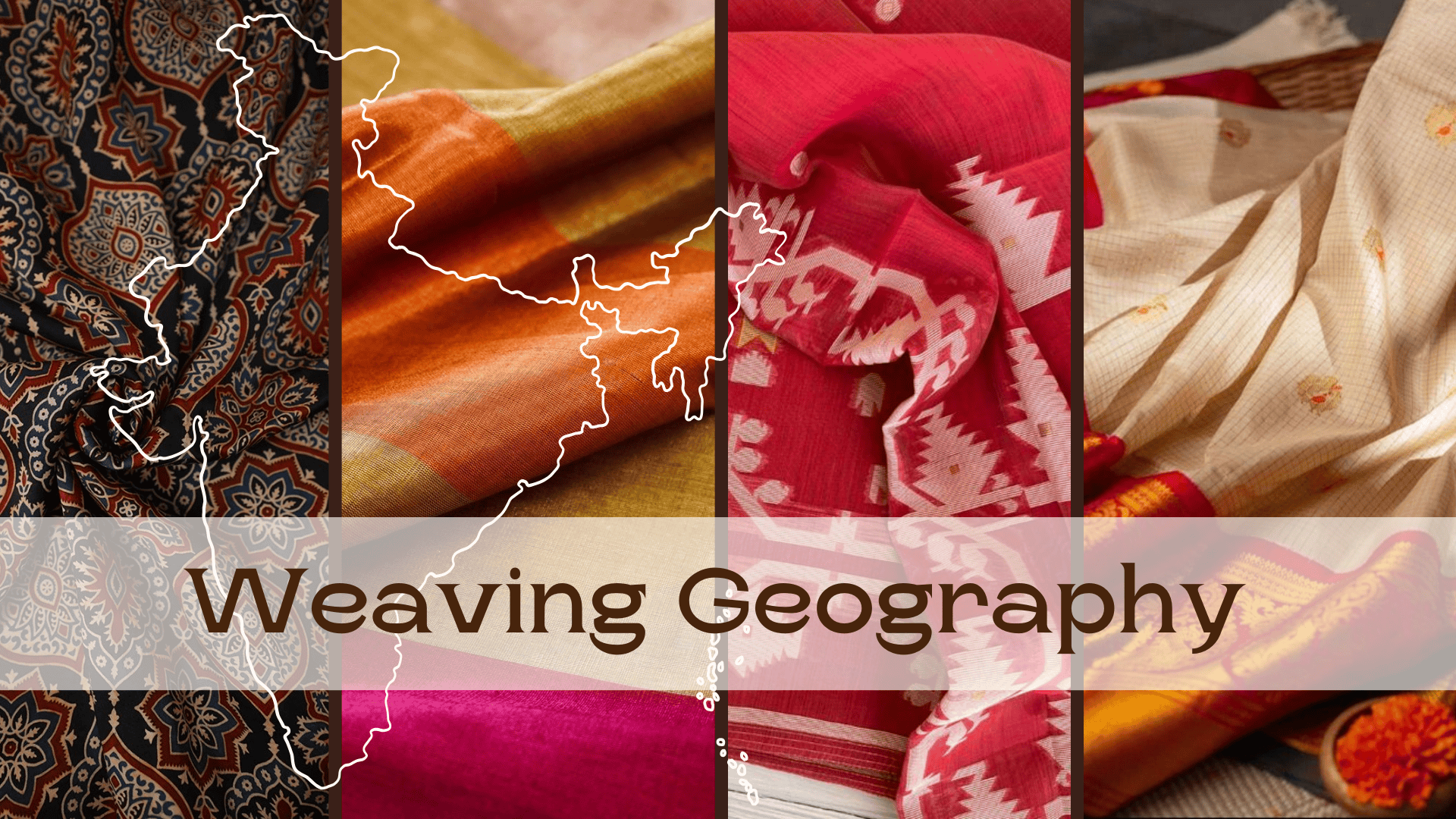
weaving geography: which district is known for which handloom fabrics






